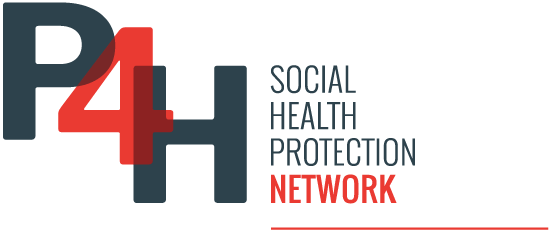The Canadian healthcare system, while publicly funded and perceived as free, involves significant wait times for medical services due to a mismatch between demand and supply, effectively rationing care. This inadequacy leads to substantial economic costs, estimated in billions, and raises concerns about the quality and accessibility of healthcare for Canadians.
The Canadian healthcare system has faced scrutiny, particularly highlighted by a viral video in which a woman described her experience waiting 13 months for an MRI to check for a brain tumor. This incident sparked discussions where some commenters argued that her claims were misleading, noting that wait times vary by province and are determined by physicians rather than the government.
Despite these rebuttals, the video brings to light the underlying issues within Canada’s publicly funded healthcare system, which is often misconceived as “free.” While it is funded through taxes, there exists a significant cost – not just financial but also in terms of wait times for medical services. The public healthcare system inherently requires rationing due to the mismatch between the demand for services and the available supply of healthcare providers and equipment.
To manage costs and keep taxes in check, Canadian provinces have to rely on wait times instead of monetary pricing to ration care. This rationing leads to significant delays for patients, which discourages them from seeking immediate care for both major and minor health problems. The hidden costs from these wait times are not reflected in taxes but represent a real burden to individuals who require timely medical attention.
Key figures involved in the establishment of public health care in Canada, such as former Quebec Health Minister Claude Castonguay, have acknowledged that eliminating wait times would necessitate increased funding through taxes, a proposition that politicians often hesitate to endorse. Examining the trends in wait times further illustrates the impact of this rationing. Data indicates that from 1993 to 2024, the median wait time for treatment in most provinces has increased from under 12 weeks to around 30 weeks, with some provinces like New Brunswick and Prince Edward Island averaging over 69 weeks. For certain procedures, such as neurosurgery, wait times exceed 46 weeks.
Measuring the full economic cost of healthcare rationing is complex, given the variability in data quality and the numerous conditions affected. Despite these challenges, the Canadian Medical Association (CMA) conducted a study in 2008 that estimated the economic cost of wait times for four key procedures—joint replacements, cataract surgeries, coronary artery bypass grafts, and MRI scans. They found that in 2007, the cost of waiting was approximately $14.8 billion CAD, about 1.3% of Canada’s GDP. This estimate did not include additional costs, such as $4.4 billion in lost governmental revenue due to reduced economic activity or the impacts of wait times for new medications.
The CMA’s study only considered a fraction of the total procedures and conditions affected by wait times. In 2013, the Conference Board of Canada expanded this analysis by adding two more ailments, raising the estimated cost to $20.1 billion CAD. Another approach to assessing these costs considered the impact of waiting in terms of lost wages and leisure time, resulting in a 2023 estimate of $10.6 billion CAD, or about $8,730 per waiting patient.
Moreover, a study attempted to quantify the cost of rationing in terms of lives lost, which, while seemingly callous, provides insight into the productivity lost due to delayed care. One finding indicated that each additional week of waiting between seeing a general practitioner and undergoing surgery increased death rates for female patients by 3 per 100,000.
Valuing a lost life at approximately $6.5 million CAD indicates a significant social cost tied to these delays in healthcare accessibility. In conclusion, while wait times are often justified by the quality of care received, the reality is far more complex. Canada’s healthcare system ranks poorly compared to other developed nations in several key areas: 28th in the number of doctors, 24th in care beds, and 25th in MRI machines relative to the population among 30 countries surveyed. These statistics underscore the challenges within the system and the need for ongoing dialogue regarding healthcare funding and access to ensure that Canadians receive timely and efficient medical care.


